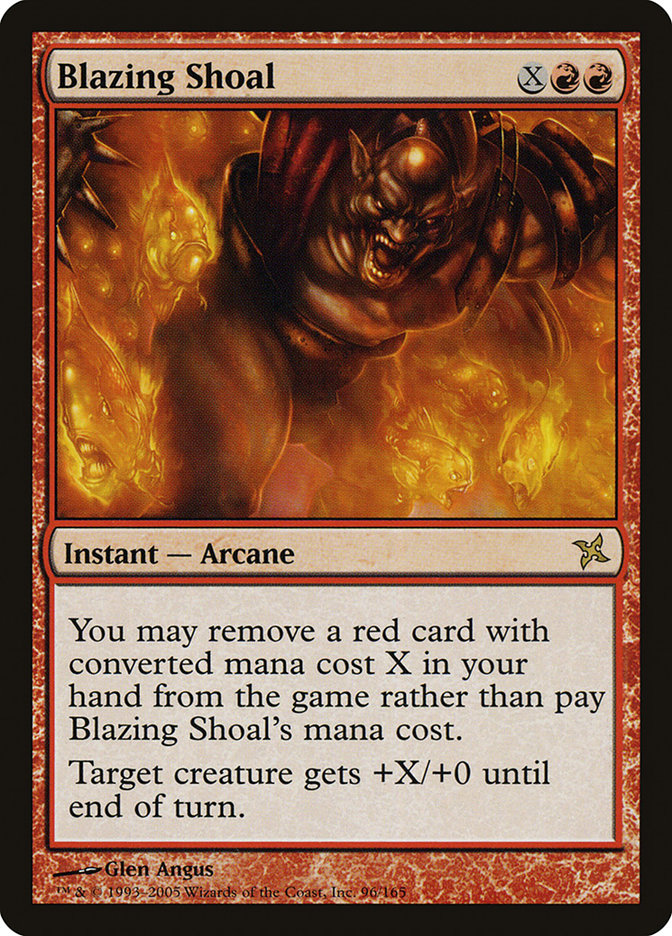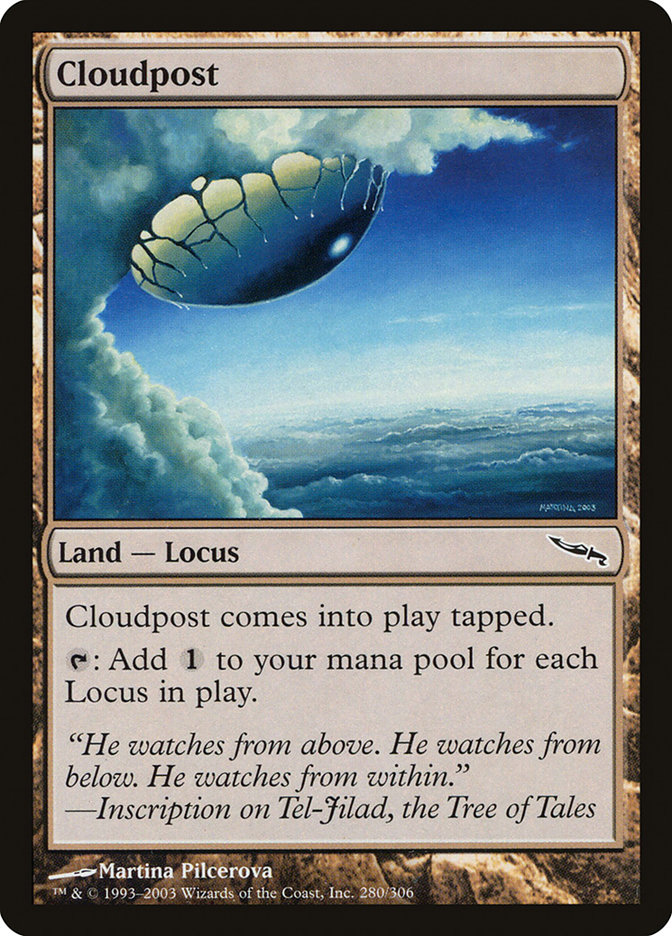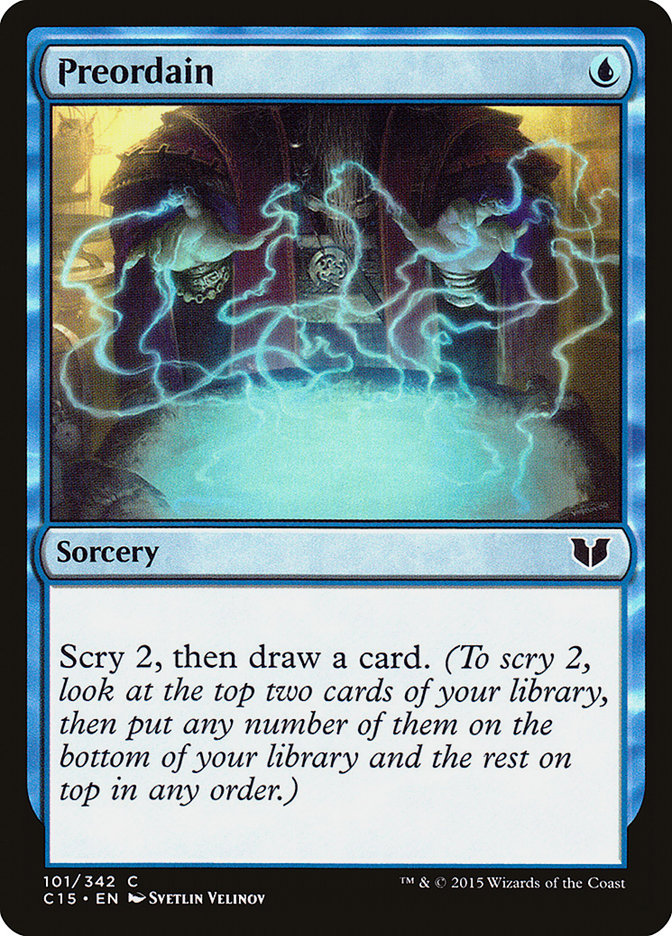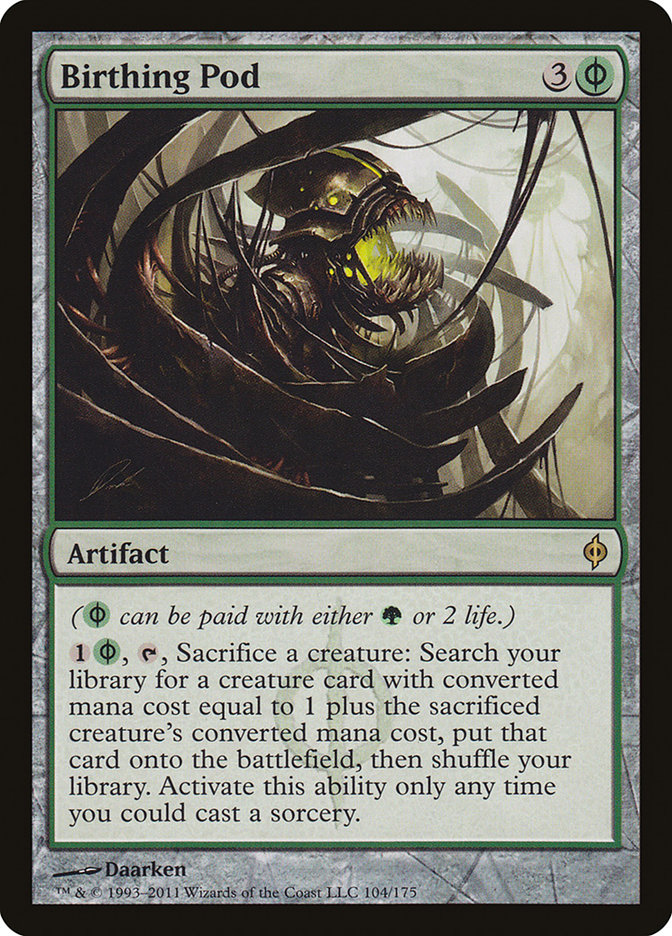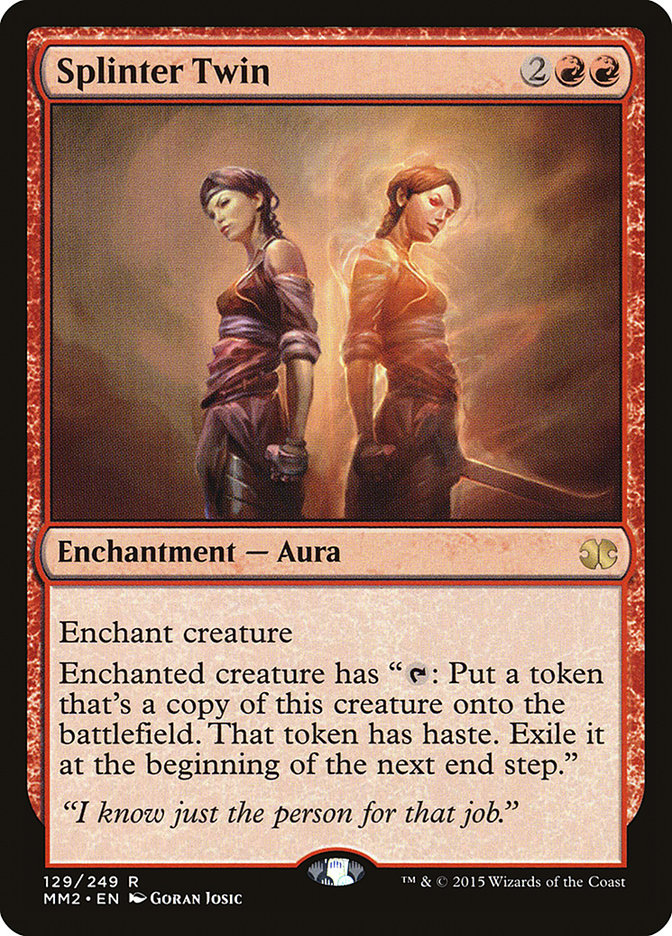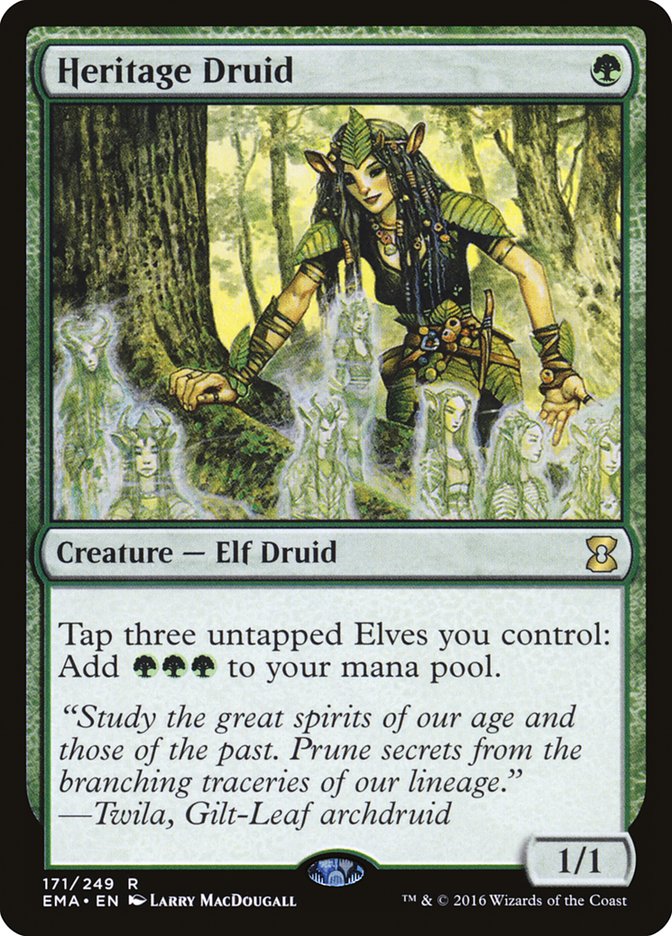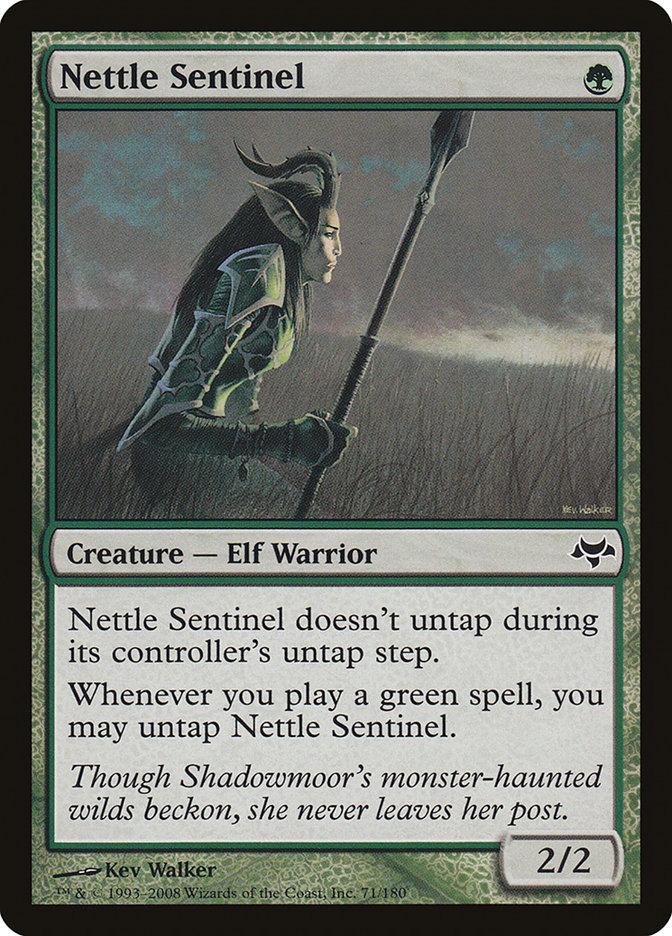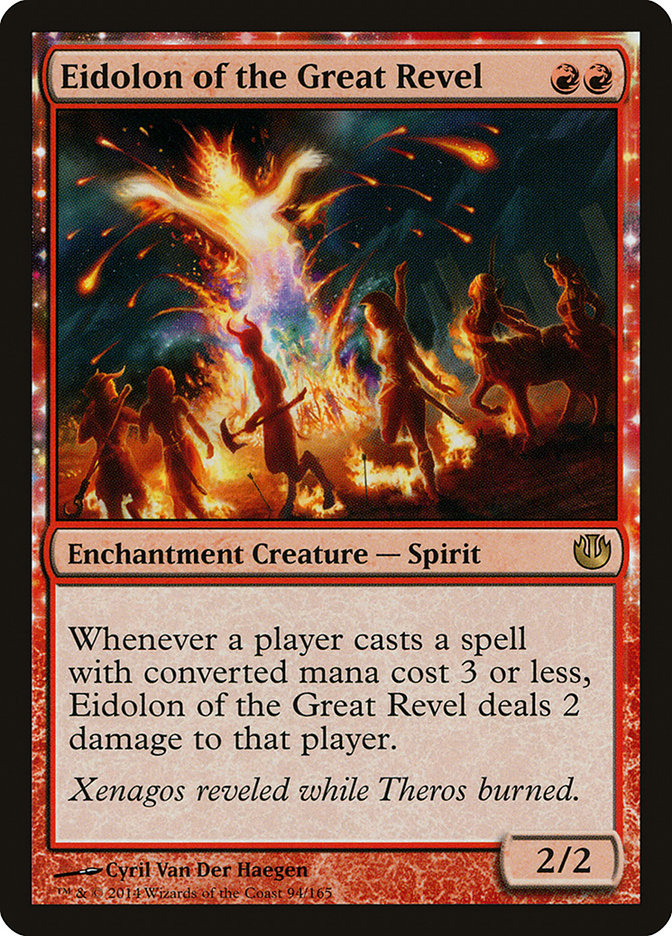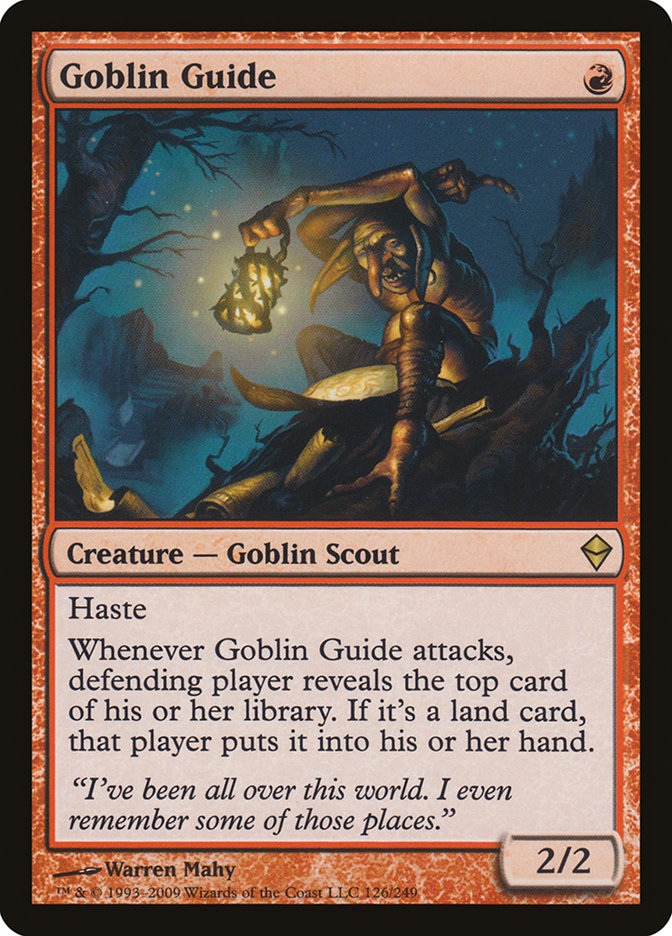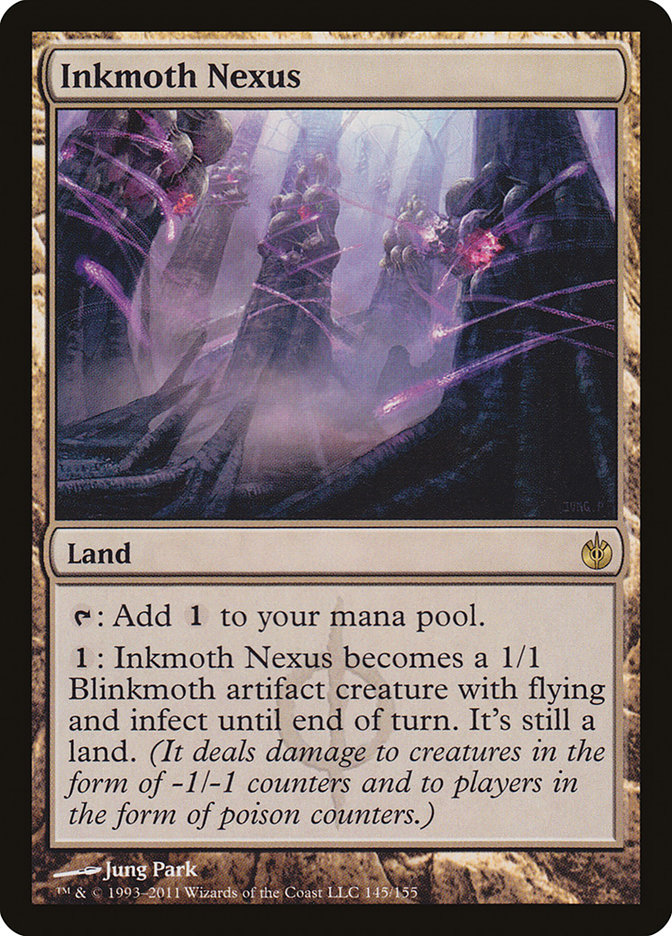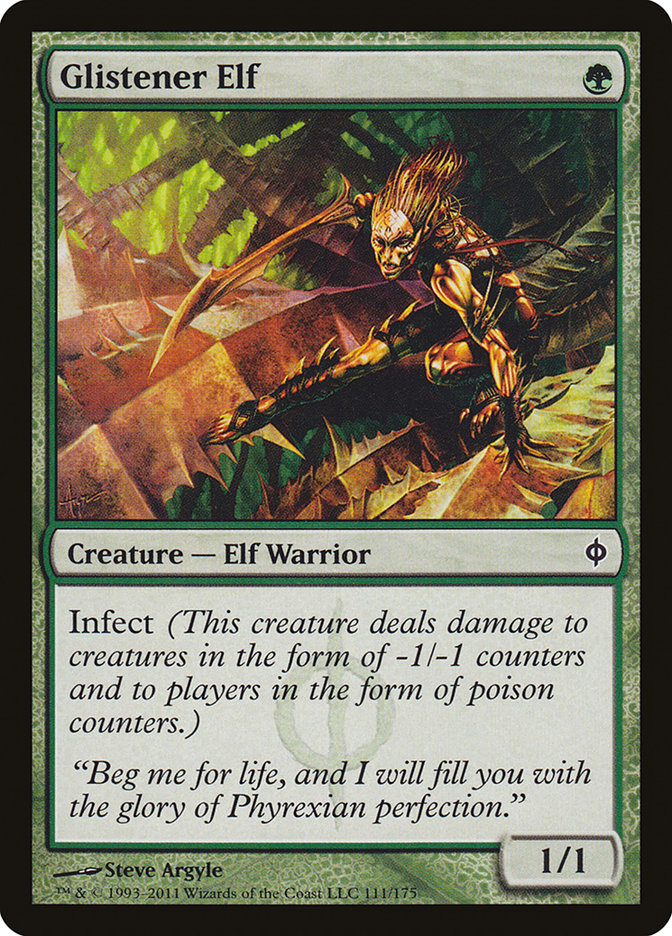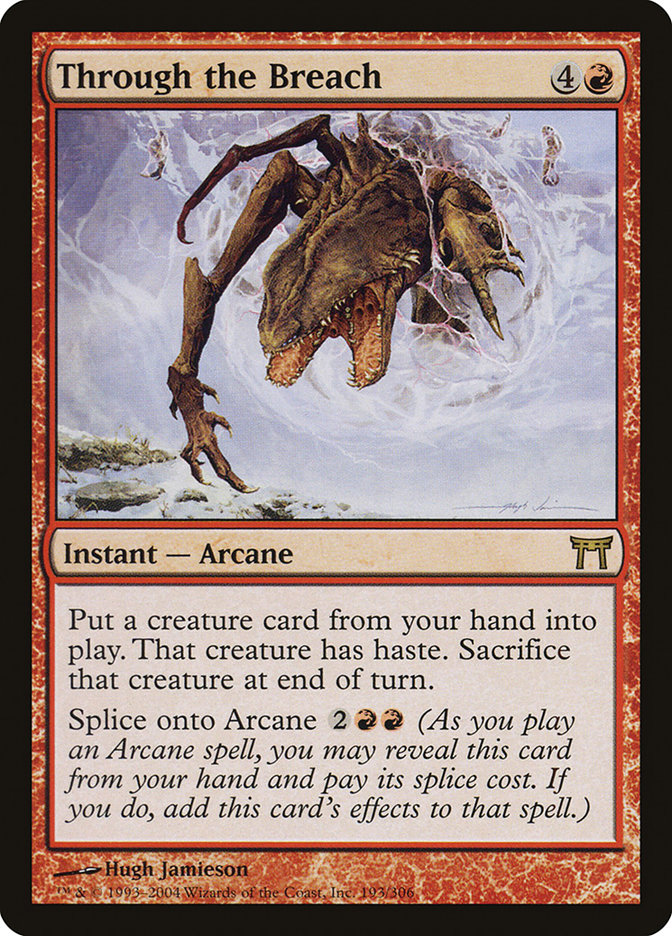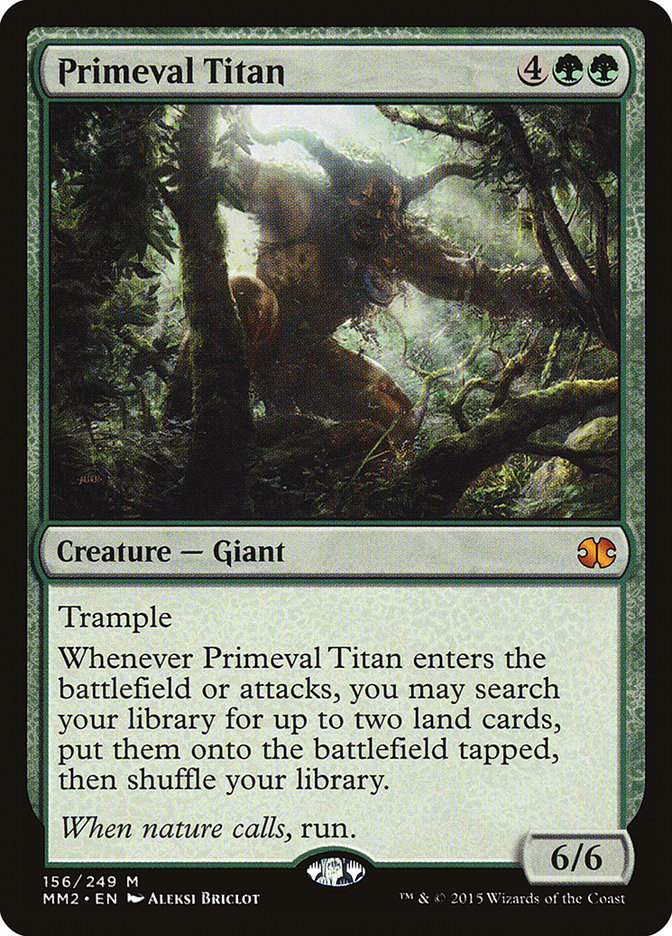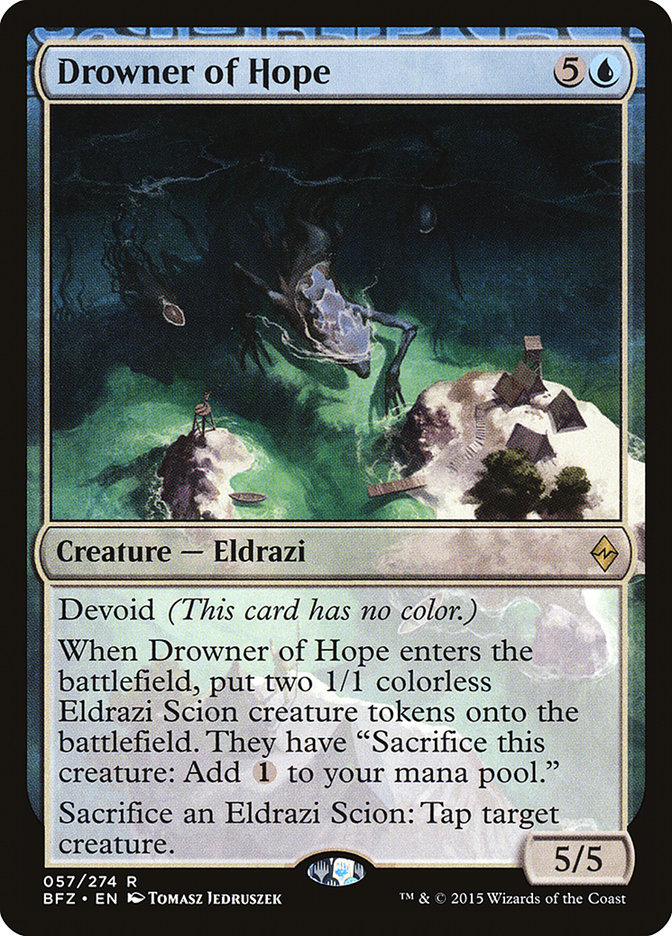On Premium, Todd Anderson recently wrote this awesome article about what Modern could be. He eloquently laid out bullet points for how to improve Modern while still allowing it to maintain its sense of self.
1. Lay out what it should be.
2. Explain the banned list choices more thoroughly with updates to consistently help players understand why cards remain banned/come off the list.
3. Allow the format to breathe.
4. Promote transparency.
This is all well and good. Todd is using a safecracker approach to relay why Modern needs a lot more help than it is getting. It’s like burning down a bar for the insurance money, but making it look like an electrical thing.
If Todd is the surgical instrument meant to make an incision on the collective consciousness of Wizards of the Coast, I am the blunt instrument used to beat them about the head until they lose that consciousness. If you like just straight-up lambasting, please direct yourself to the end of the article. It is probably the closest I’ll ever be allowed when it comes to doing a shoot promo in these articles.
Modern is Failing You
A little more than five years ago, Extended, as it was called, was overhauled into the format you know and…sort of(?) love today. Extended, for all that it offered, was somewhat unhealthy. Cards rotated like they do in Standard, and this was off-putting due to the tremendous financial investment that had to be placed in it in order to maintain a competitive deck. That money wasn’t even remotely sound, because many of the cards that were expensive in Extended weren’t staples in Legacy or Vintage, and after rotating they became inherently worthless.
We were met with Modern, a format named after the modern card borders established back in Eighth Edition and Mirrodin. The first time we went there. Not the time with all the Scars and when Karn was leaking battery acid or whatever.
Since its inception Modern has been wildly unhealthy. If the decks weren’t broken…
They were oppressive.
Now go on. Get it out of your system.
“But Modern has a lot of decks that do well.”
Sure they do. But Todd made the best point possible. They all do well in the sense that they ignore the opponent about 90% of the match and do their best to goldfish you out of the game. That’s a dimension of Magic, sure. Combo decks and non-interaction are a huge part of play styles and the enjoyment some people derive from playing Storm or Goryo’s Vengeance. However, an entire format should not be based upon this principle.
In a format as broad as Modern, with as many cards and “playable” decks, a person is completely incapable of metagaming a sideboard or even a perfect or near-perfect maindeck that can be reasonable against the field. That is why Modern has evolved into something resembling a pet-deck situation, where players are taxed into playing a single deck for years at a time in order to become far more adept with it than you would in a revolving door format like Standard. This issue is two-fold.
1. If a card is banned in the deck you enjoy, as in the case of Splinter Twin or Pod, you immediately cease to have a deck to play. Pod turning into Abzan Company or Kiki Chord are the only instances of a deck preserving a modicum of its identity.
2. The cost in Modern is grossly prohibitive. You’re incentivized to play one deck to give you an inherent edge over the more than twenty decks that are viable, but when that deck sinks far down the hierarchy, it’s not reasonable to switch decks, or possible for most people.
This is the essence of why Modern has been a failure of a format thus far and is doing a severe disservice to the player base. The unbannings don’t seem to cause the format to slip into upheaval, which means that certain cards could safely come off of it and some cards may belong on it to stabilize the metagame. This leads me to believe that, while the format itself is far from perfect, the proper due diligence isn’t being implemented that would allow it to be a healthier place to play Magic.
Less Support, Less Relevance
The argument that the Pro Tour is essentially a giant commercial for the newest set in Magic loses quite a bit of steam when you understand the Pro Tour itself. Most Pro Tours act as pace cars for the format and the harbinger of things to expect in the coming months, and that trickles down to Grand Prix, SCG Tour® dates, FNMs, Game Days, SCG Game Nights, etc. They aren’t meant strictly to showcase a new set.
A Modern Pro Tour was born in Philadelphia in 2011 and was meant to bring Modern to the forefront of Magic. This new format quickly earned the ire of many professional Magic players due to extreme volatility and how the games played out. They commented quite a bit on Twitter and other social media outlets that either the format had to change, or supporting it as a PT once a year would yield poor results. I was at PT Oath of the Gatewatch and can tell you that a multitude of players, ones winning and who went deep into Day 2, were lamenting that they were stuck playing Modern.
In less than five years, Modern was eliminated as a Pro Tour format.
This may not seem like the biggest loss. In fact, a lot of players celebrated it, but this is huge. Removing support from a format that was meant to be a part of your flagship program sends a very clear message to players:
“We know something is not right. We are removing the problem from the equation.”
This is analogous to when an Olympic sport is removed from the Games. It is the grandest exhibition of the most revered sports, and when one is taken away or exiled from the highest echelon of competition, its relevance tanks.
If StarCityGames.com wasn’t hosting Modern Classics, Tour dates, or had it as a part of the Invitational, would Modern have the same issues that Legacy faced a couple of years ago? It’s clear that Standard is the most lucrative format to support if you’re a company, so why do they do it?
Because players need to believe that there are other formats out there that can cater to their more intricate needs. It isn’t just a matter of “what is best for business.” Standard sales dwarf roughly all other forms of sales, but that isn’t good enough.
Players need more.
Players deserve more.
I am writing this on the heels of a triple Modern GP weekend that took place all over the world. The demand is there and the drive to see it be successful from the players is there.
So what does Modern do in order to gain the trust back of the player base after Eldrazi Winter and the removal of Modern as a Pro Tour format?
Redesign. Rebuild. Reclaim.
For the record, and perhaps the ultimate troll, I enjoy Modern. I love Naya Burn, and qualifying for a PT with it, playing it to a very positive PT record, and winning a few other tournaments with it has been a delight. I find the finesse and challenge of it to be a joy.
But never before have so many people voiced their displeasure of a format the way they have for how Modern has been handled over the last few months. Let’s break down, in short, what is wrong.
1. Games are non-interactive for the most part. This can be frustrating for players.
2. There needs to be an entire banlist overhaul.
3. Card prices are too high a barrier for a format that has as many tournaments as Modern.
Let’s take a moment and look at the current top decks in Modern, and assess how they win.
Elves: Just won the SCG Invitational. Attempts to generate huge amounts of mana by turn 4, which allows it to Overrun with Ezuri, Renegade Leader. Ezuri is found with eight different spells that can put him directly onto the battlefield. Can also attack for large sums of damage due to various “lord” effects.
Dredge: Able to play through vast amounts of hate. Wins by setting up large battlefields with Prized Amalgam, Narcomeba, and dredging with Golgari Grave-Troll. Can kill with Conflagrate.
Burn: Sets out to deal twenty damage by turn 4 or 5. Punishes any stumble by outright killing the opponent. Plays cards that serve dual purposes, like Atarka’s Command (deal three and shut down lifegain) or Searing Blaze (remove a blocker and deal three damage). Is extremely consistent.
Infect: Wants to deal ten infect damage and protect its creatures with Spellskite and various pump effects. Can win as early as turn 3, but is able to set up turn 4 or 5 kills with regularity.
R/G Through the Breach: A deck that plays very similarly to R/G Valakut but also adds Through the Breach and sometimes Nahiri, the Harbinger to power out a turn 4 or 5 Primeval Titan to kill by turn 5 with relative consistency.
Bant Eldrazi: As Brian Braun-Duin described it, the current “good guy” of Modern. Looks to have ridiculously explosive draws that can disrupt with Thought-Knot Seer and Spellskite and then kill a crippled opponent with a stream of Drowner of Hope or Reality Smasher. Plays cards to clear the way like Path to Exile.
The list goes on and on. Affinity, Urzatron, Death’s Shadow Aggro, G/W Hexproof, Ad Nauseam, etc. All of them aim to win extremely quickly, and because many of them are the most-played decks in Modern, they are in reality trying to see who can go faster than the rest. Decks like Abzan, Jund, or Grixis fall victim to being “fair.” This means they have to pack their sideboards full of cards that answer these speedy decks. If they don’t draw those cards, they die.
Michael Majors is playing Abzan against Liam Lonergan playing Elves. This should be a slam dunk for Majors, right? He plays tons of removal and even sweepers like Damnation after sideboarding.
Only he didn’t draw them in Games 2 through 4 and, despite putting up a great fight, was dispatched by the eventual winner Liam.
Liam was allowed to do everything he wanted to do, and Michael was forced to react to it. This is why you see the kinds of numbers you do when it comes to what wins more in Modern.
This weekend’s Top 8s across 3 GPs?
3 Affinity
3 Burn
3 G/R Through the Breach
3 Death’s Shadow Aggro
2 Bant Eldrazi
1 Pyromancer Ascension
1 Goryo’s Vengeance
1 Reliquary Retreat
1 Infect
And the “fair” decks?
2 Jund
1 Grixis Delver
1 U/W Control
2 G/W Hatebears
That’s a spread of eighteen decks that want to kill you between turns 3 and 6 and only six decks that try to grind out a game or hold on tight before stabilizing. These numbers reveal the fundamental flaw in Modern, and why the banned list needs to have a massive overhaul if the format is expected to continue existing without some measure of prejudice eventually turning the cracks in it into full-on fissures.
My hope is that all of these articles, social media onslaughts, and constructive revelations about why this format needs to be seriously looked eventually lead to better changes in Modern.
No format is perfect, and Modern certainly isn’t, but at this point it looks like a full-on dumpster fire of aggressive and non-interactive decks, and that isn’t good for Magic or Modern.
In this moment I am reminded of Jeff Daniels as Will McAvoy berating a young college student on The Newsroom.
“Can you tell us why Modern is the best format in Magic?”
And Will just looks at her.
“It isn’t.”
The crowd gasps.
“Modern is a loser. Yeah, it accounts for some of the most attended GPs in history, but pros get to hit you with how awful the games are. It doesn’t promote healthiness. It promotes goldfishing. It wastes time and article space. You know why people don’t like Modern? Because it’s inherently boring. If Modern is so much fun how come everyone, right now, is complaining about it so much?”
And then he points to Wizards.
“And with a straight face you’re going to tell us the Modern banned list is something that you’ve seriously looked into? Do you think you’re the only ones who can read what cards do or figure out interactions? Skullclamp, Stoneforge Mystic all got through your testing. Urza block, the entire Affinity mechanic, Delve, Treasure Cruise, Dig through Time. Like 40 cards that should have never seen print, but yeah, we’re supposed to trust you with managing a banned list when professionals are the ones who break almost every meaningful card interaction in the last twenty years.”
Finally he points to the player who says that Modern is fine and everyone is complaining for no reason.
“And you, denier of common sense. Yeah, just in case you ever wander into a Wizards board meeting one day, there are some things you should know. There is absolutely no evidence that supports the claim that Modern is great and your deck is great. It possesses the highest density of decks that try to end the game around turn 4, the least amount of viable control decks, and decks that exist completely on the basis that they can successfully stop those fast decks from winning early but are awful against anything other than aggressive decks. Modern leads all other formats in three categories: most instances of players threatening to quit because of it on Twitter, most hysterically botched MODO events, and most players who deny that reality that it is not healthy. None of this is the fault of the average FNM player, of course, but this format is, without a doubt, one of the least-period-fun-period-ever-period formats ever. So when you ask what makes this the greatest format in Magic, I don’t know what the hell you’re talking about? Innistrad Limited?”
The audience is silent.
“The first step in fixing a problem is recognizing that there is one. Modern is not the greatest format in Magic.”
Enough?


